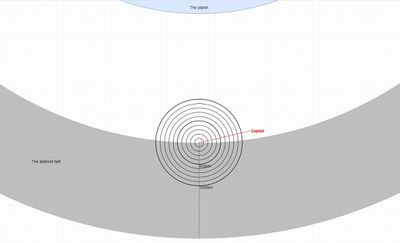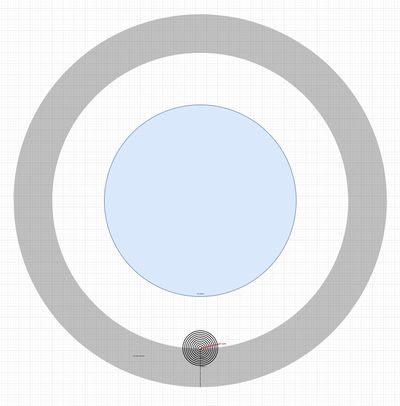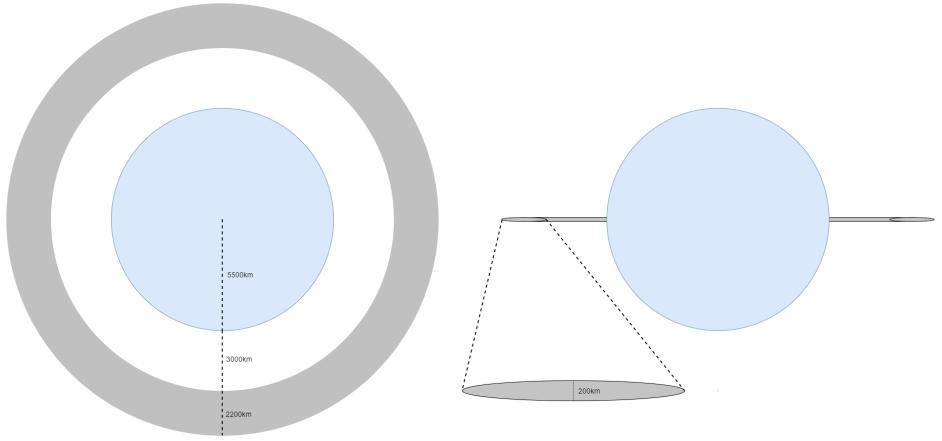Difference between revisions of "Space"
m (Ru link.) |
|||
| Line 44: | Line 44: | ||
Safe zones are restricted to these major [[Capital Mega Station|stations]], though eventually safe zones can be established elsewhere in the galaxy as well. | Safe zones are restricted to these major [[Capital Mega Station|stations]], though eventually safe zones can be established elsewhere in the galaxy as well. | ||
[[Category:Collection|Space]] | [[Category:Collection|Space]] | ||
== Moons == | |||
Eos has ten moons, the closest being around 20000km from the asteroid belt. The largest moon is thought to be 1000km in diameter. | |||
Revision as of 13:35, 5 February 2020
Summary
Space is vast and nearly infinite, with celestial bodies and asteroids full of materials to mine.
Scale
The currently charted galaxy contains:
- A gas giant, 11,000 km in diameter
- An asteroid belt 2,200 km wide (edge to edge) and 200 km thick (from top to bottom)
- The asteroid belt density will increase at the center (200/km3 to 2000/km3 approximation)
Asteroids
Asteroids come in various sizes, containing an exterior shell and an interior core that are both made up of usable materials. Asteroids can be broken apart and mined on-site, or hauled entirely to a station for refinement.
These are the current asteroid sizes found in the galaxy:
Safe Zones
Major stations exist within safe zones controlled by large factions in order for peace to be maintained between the galaxy's inhabitants.
Safe zones are restricted to these major stations, though eventually safe zones can be established elsewhere in the galaxy as well.
Moons
Eos has ten moons, the closest being around 20000km from the asteroid belt. The largest moon is thought to be 1000km in diameter.



